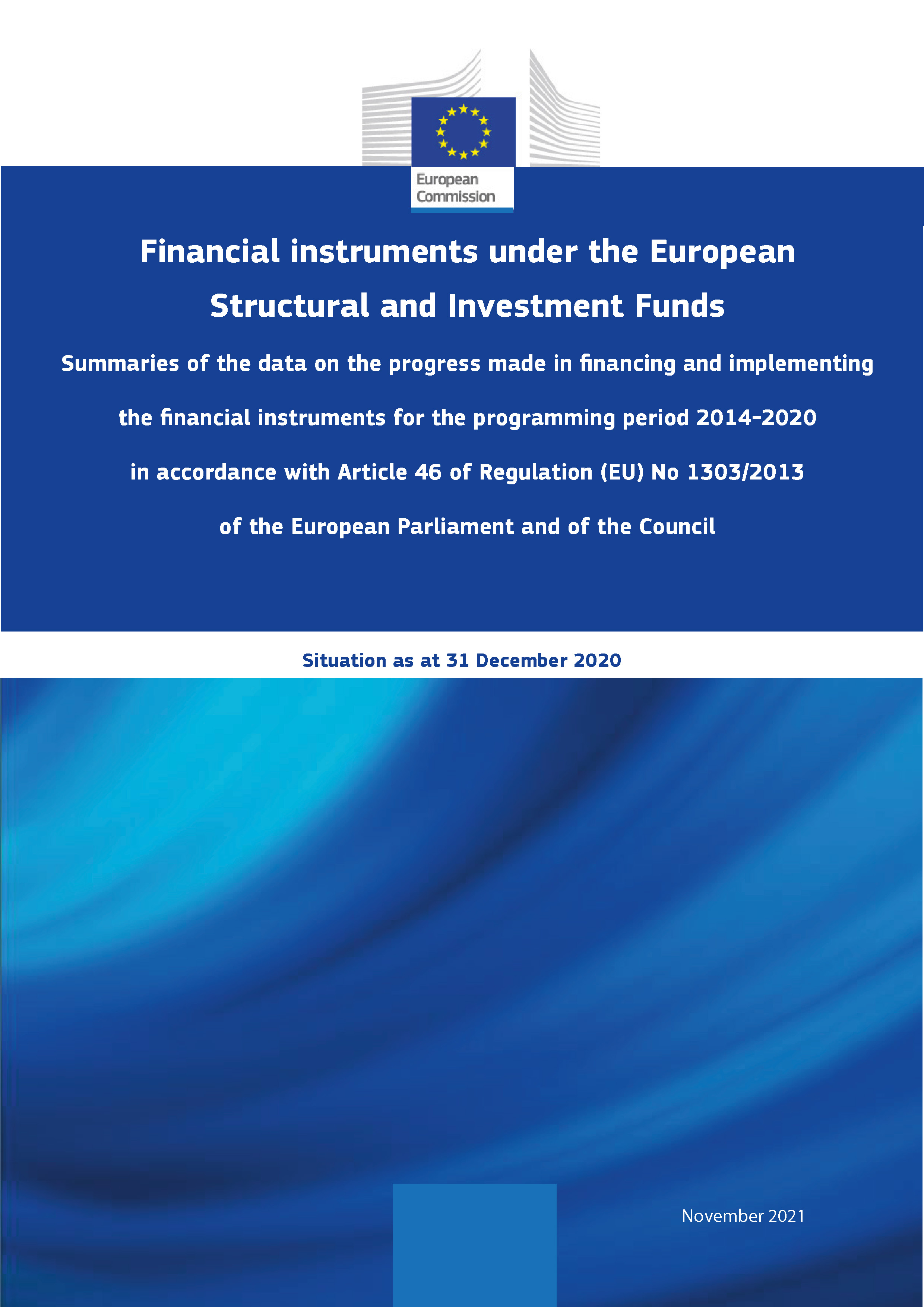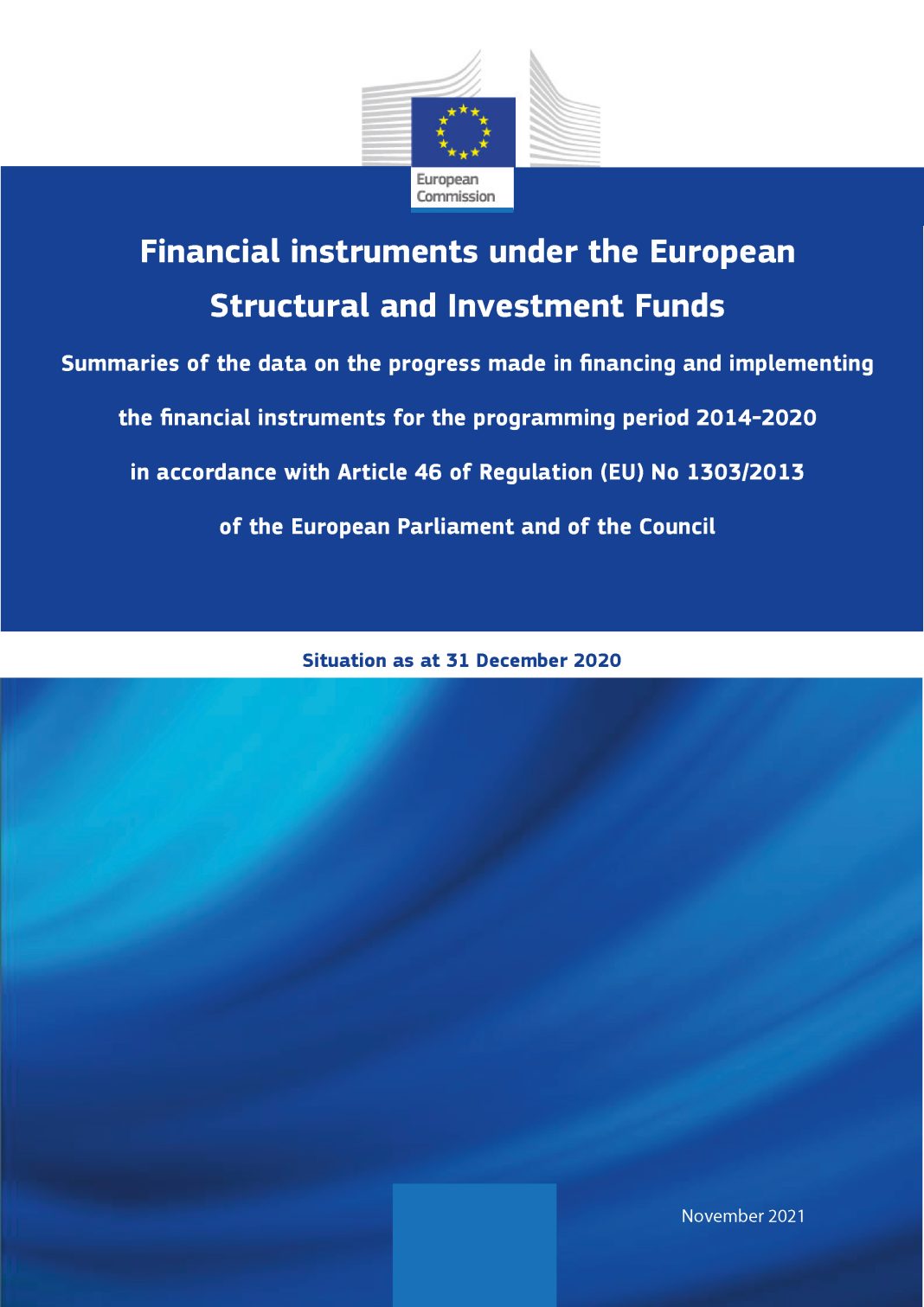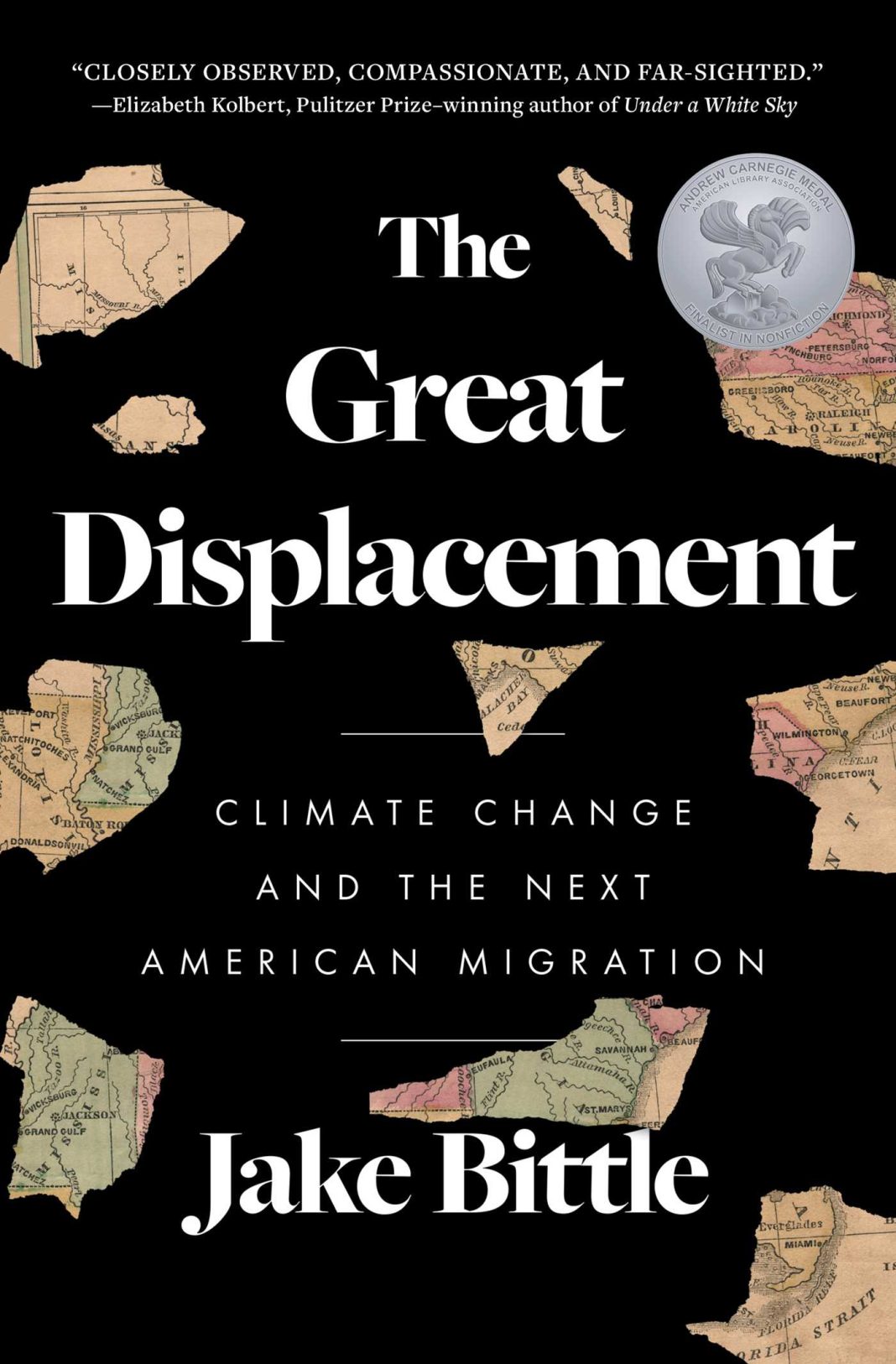 Amtrak’s CEO, Stephen Gardner, recently testified to the House Transportation and Infrastructure Committee about the financial progress and future prospects of the national rail company. Gardner acknowledged that the COVID-19 pandemic had setback Amtrak’s financial progress by several years. However, he highlighted that May 2024 was the most profitable month in the company’s history, providing hope for a brighter future.
Amtrak’s CEO, Stephen Gardner, recently testified to the House Transportation and Infrastructure Committee about the financial progress and future prospects of the national rail company. Gardner acknowledged that the COVID-19 pandemic had setback Amtrak’s financial progress by several years. However, he highlighted that May 2024 was the most profitable month in the company’s history, providing hope for a brighter future.
According to Gardner, Amtrak has yet to turn a profit in a 12-month period, but the CEO expressed optimism that the company could break even by 2030. These comments were made in response to a question posed by Representative David Rouzer during the hearing. The discussion focused on Amtrak’s funding, current operations, and uncertain future.
Gardner also discussed Amtrak’s comeback from the downturn caused by the pandemic. He mentioned that ridership in fiscal year 2024 had increased by over 20% compared to the previous year, while revenue was up by more than 10%. The CEO projected that Amtrak was on track to set a new ridership record for the year and further reduce operating losses.
The CEO attributed Amtrak’s success to various factors, including expanded services with state partners and increased frequencies on the Northeast Corridor to meet growing demand. He also highlighted the company’s transformation in recent years, focusing on workforce development and improvements in safety and security measures.
Gardner emphasized the importance of passenger rail in accommodating the country’s growing population. He argued that Amtrak should play a bigger role as an essential mode of transportation. However, when asked if Amtrak had ever turned a profit in a year, Gardner admitted that it had not.
Representative Rouzer further inquired about a timeline for Amtrak’s profitability. Gardner explained that achieving profitability depended on a balance of financial performance and efficiency. He noted that Amtrak had been on the verge of breaking even before the pandemic but lost all its business due to the crisis. The CEO stated that the company’s goal was to break even by 2030 and that they were working hard to achieve it.
While revenue has returned to pre-pandemic levels, Amtrak’s cost structure remains 30 to 40 percent higher, depending on the area. However, the company aims to continue reducing losses each year while providing value and service to the American people.
During the hearing, Representative Seth Moulton voiced his concerns about the focus on Amtrak’s profitability compared to other publicly funded transportation networks. He questioned why discussions about highways did not start with the profitability issue, despite them costing taxpayers billions of dollars annually for maintenance and accident clean-up. Moulton also drew a parallel with the airline industry, which has received multiple bailouts in the past two decades without scrutiny on profitability.
In conclusion, Amtrak is working towards financial stability and hopes to break even by 2030, despite the setbacks caused by the pandemic. The company has seen positive trends in ridership and revenue, and its CEO is confident in its potential for future profitability. However, there are discussions around the double standards applied when assessing the profitability of publicly funded transportation networks like Amtrak compared to highways and airlines.


